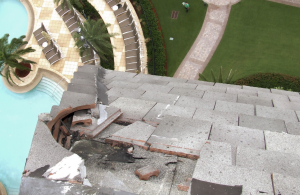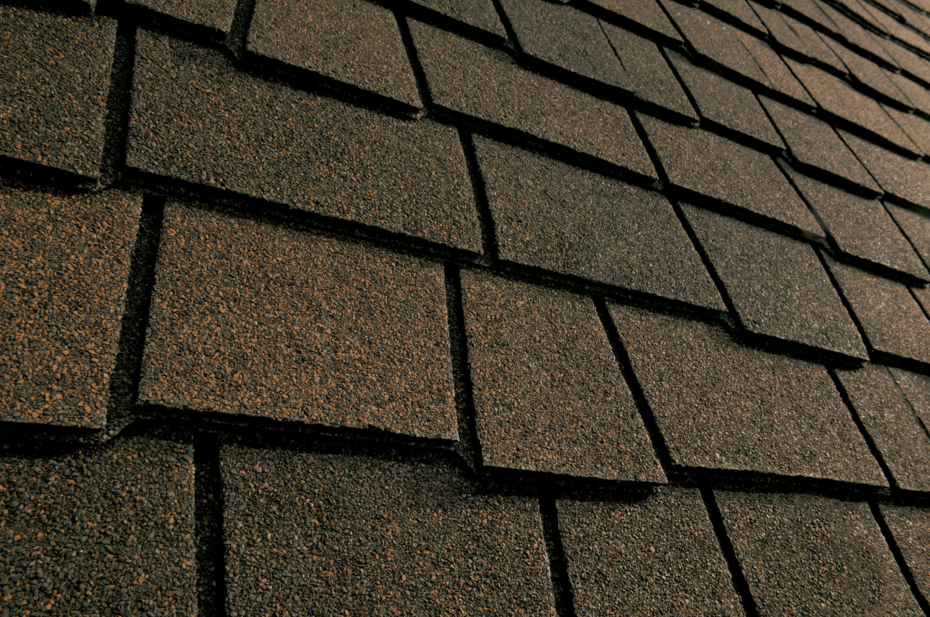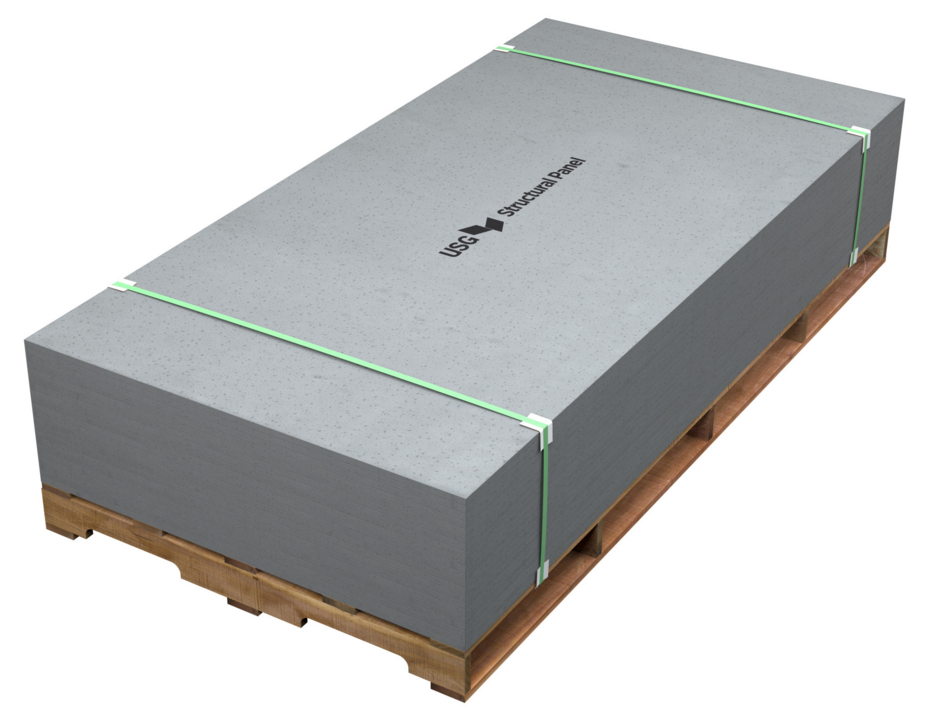MAINTENANCE AND REROOFING
LPS components are durable and can last the life of a structure. Yet the electrical continuity from sky to ground can be broken if any of the components are disconnected or damaged. This might happen, for example, during maintenance work on rooftop equipment. Problems also arise if new equipment or services are installed on a roof without bonding or surge-protective devices. If you are called back to a job site, your foreman must be trained to recognize and protect the LPS, as well as notify the general contractor or building owner promptly if something appears askew.

A lightning strike on a hotel on Marco Island, Fla., shattered concrete roof tiles and created a hazard to people and facilities 10 stories below. A fire could have resulted if the building had a wood frame instead of a non-combustible structure.
SAFETY FIRST
Lightning may be a disaster, but don’t let it become a tragedy. A lightning protection system will protect a building and its contents but it will not protect you if you are on the roof when lightning approaches. Get off the roof and into an enclosed building or an automobile at the first indication of thunder or lightning, even if it is miles away. Then stay off the roof for at least a half hour after the storm has passed. As the Silver Spring, Md.-based National Weather Service cautions, “When Thunder Roars, Go Indoors.”
LIGHTNING SAFETY EDUCATION
- The Lightning Safety Alliance Corp., Winsted, Conn., offers educational programs to roofing organizations, architects and other groups.
- The National Fire Protection Association has criteria to determine which buildings are most at risk because of lightning. View a program to aid in calculations.
- Like roofing, the most significant factor in estimating the cost of a lighting protection system is roof area. View cost-estimating guidelines.
PHOTOS: East Coast Lighting Equipment Inc.




Be the first to comment on "A Roofer’s Guide to Lightning Protection"